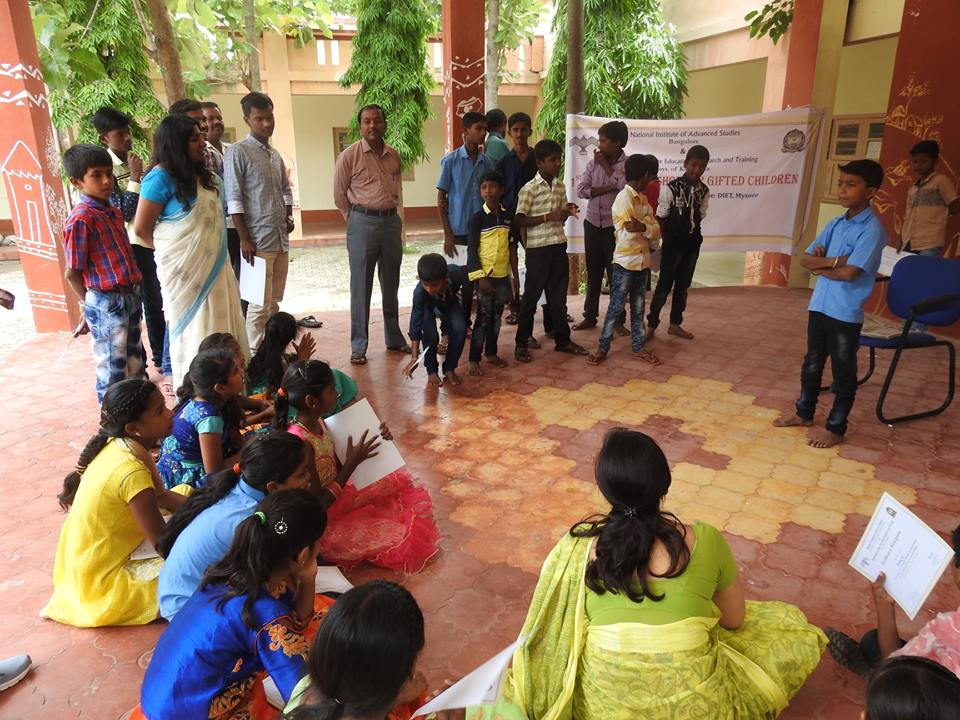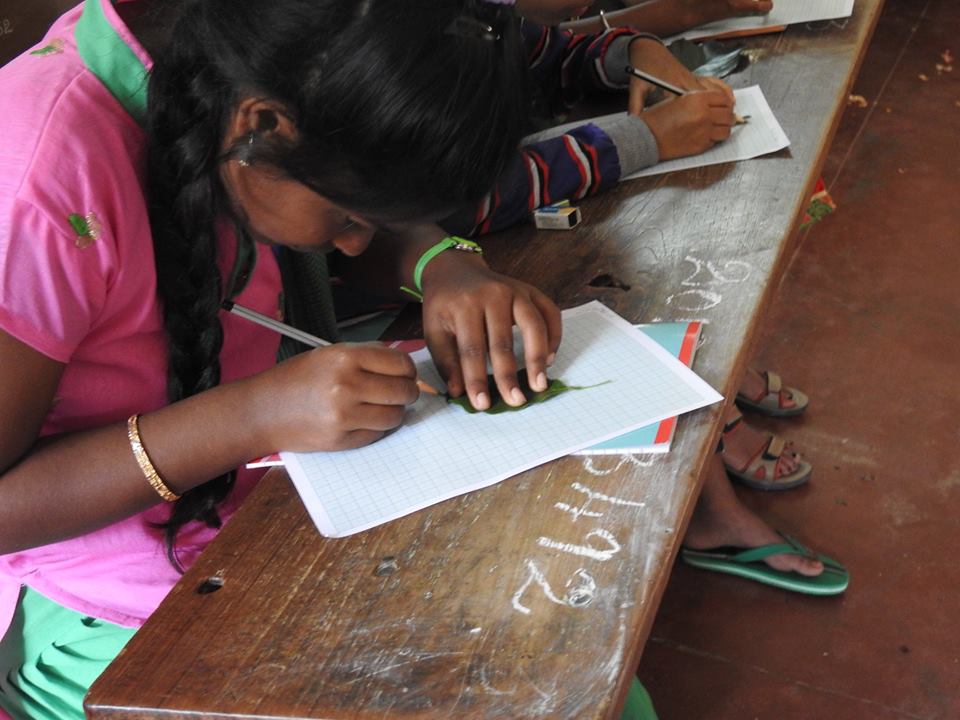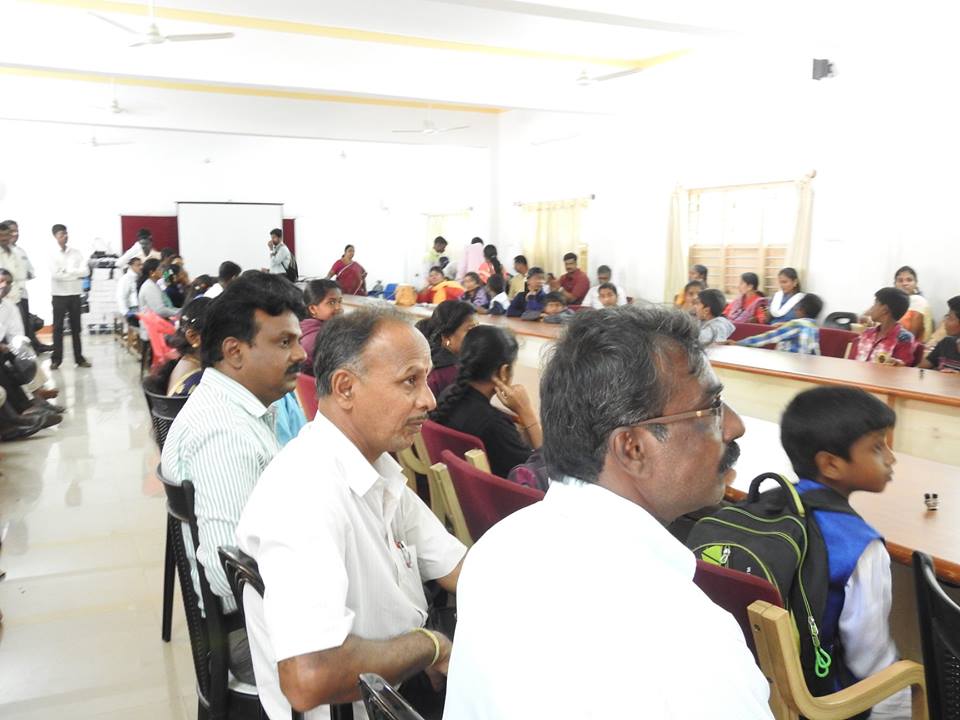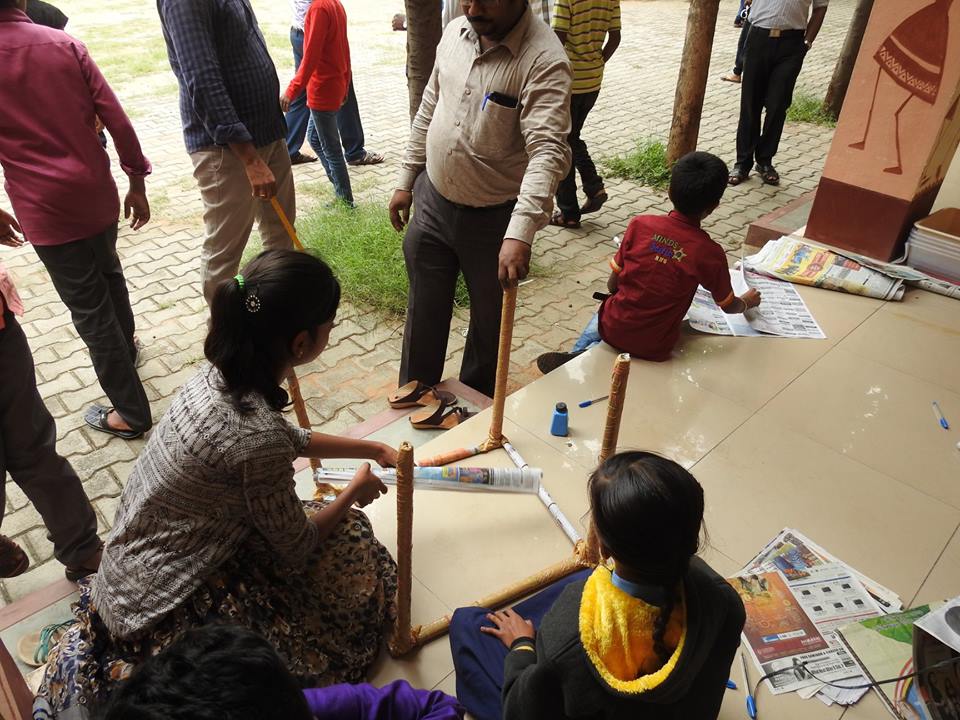NIAS-EGT acknowledges that workshops are the platform through which students are exposed to various topics and activities. These workshops are intended to observe the children in action. They are designed in such a way that it suits the cultural learning context of the child. The resource persons in these workshops have long experiences with rural and tribal children. The workshops are used to bridge their school and home experiences in ways to facilitate learning. The workshop facilitates bonding and building interpersonal relationships. Scholarship in gifted and talented education draws attention to the social and emotional problems they face in the classrooms. Very often than not, these children experience alienation and do not have friends among their peers. Underperformance is a recurrent problem among gifted and talented children. Acknowledging these aspects, workshops became the platforms to explore and learn.
NIAS-EGT organized a three-day residential mentoring workshop as the first step to support the gifted children identified through the programme. The workshops were intended to be residential as they provided scope to engage students in activities beyond the typical classroom. The workshop allowed the students to interact with the resource persons and peers similar to them. The workshop provided several hands-on activities that helped enhance their learning. The workshops incorporate diverse topics and activities that enable each participant to choose a field of interest and connect to the mentors in their respective fields. The workshops provide a platform for the students to work individually and collaboratively on various topics to present a creative solution. They were given the opportunity to present their working projects to their peers and seniors to gain relevant feedback.
The workshop is designed where multiple activities are conducted to provide exposure to the children in various fields including mathematics, sciences, etc. The activities are planned in a playful way with theatre, craft, nature walks, etc. that provides information but also help develop children's personality.
The theatre activity is conducted to let children, think of some social problems and their possible solutions. The activity required the construction of a ‘group image’, where each group had to create a composite group image based on the command without any communication and within the time span of 5 minutes. The group had to form the image in a closed set-up to form a composite image rather than single individual images. The scenes were treated as ‘work in progress’; in which one can evaluate the children’s perception of the problem and their interpretation of it. The situation enables one to understand the dynamics of thinking within the groups of children and allows one to delve into the contexts of the problems. The children presented short skills on child labor and child marriage.
The other activities involved a “Tree Study Activity.”. The activity consisted of the identification and nomenclature of trees and their ecological importance. They were also exposed to the concepts of transpiration, photosynthesis, native and exotic trees, endangered species, keystone species, endemic and invasive species. The session was highly interactive with, the children actively contributing to the discussions based on their life experiences. The second activity was a “Food Web Game,” which taught the children about the food chain, its components, and its ecological importance. In the next activity, the children were taught to calculate “Oxygen Liberation in a Leaf”. They were taught how to calculate the production of oxygen by one leaf in one day. The activities assessed the observation skills of the children. The children drew references from their contextual ecosystem to identify the trees. Most of them were aware of the trees’ important functions in our ecosystem. It was also encouraging to observe that many of them knew about the complex dynamics of photosynthesis and elements of the food chain. The session also included a screening of a movie titled, “Queen of Trees”, which talked about the importance of the Indian Fig Tree and its importance in the ecosystem.
For the younger children, the session included an activity to make the strongest table in Mysore and the strongest chair in Chamarajanagar, using just newspapers and adhesives. They were allotted limited resources (only 1kg of paper) and had to complete the task within three hours. They were instructed that the tables/chairs should consist of a minimum of three legs and should sustain a minimum weight of 1kg without changing their shape. Also, the table should have a minimum height of 30 cm and a chair 15 cm. The children worked together in groups and came up with their novel ways of completing the task. Initially, many of them had problems figuring out which structures would retain more weight, but they figured out how to efficiently attain their goals on trial and error.
Many activities were conducted on enhancing memory and concentration among these children. The workshop introduced an activity to make a 3D ball, also known as the Icosa Hedron, to assess the capability of spatial thinking amongst the children and their understanding of changing flat surfaces into volumes.
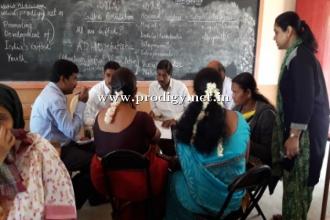
Workshops are intended to observe the children in action. They are designed in such a way that it suits the cultural learning context of the child.
